How the 3D printing market grew in 2018 and what it means for business

The French company Sculpteo has published its next annual report on the state of the 3D printing industry. The purpose of the study is to provide a complete overview of the additive technology market, analyze trends and help companies build their business strategies. The report is based on a survey of more than 1000 managers and technical specialists of manufacturing companies, which was conducted throughout the year throughout the world.
3D printing is an obvious competitive advantage
Regardless of which industry you work in, 3D printing is a real competitive advantage. Thus, 93% of respondents consider 3D printing as a competitive advantage, and this figure continues to grow from year to year.
Do you find 3D printing a competitive advantage?
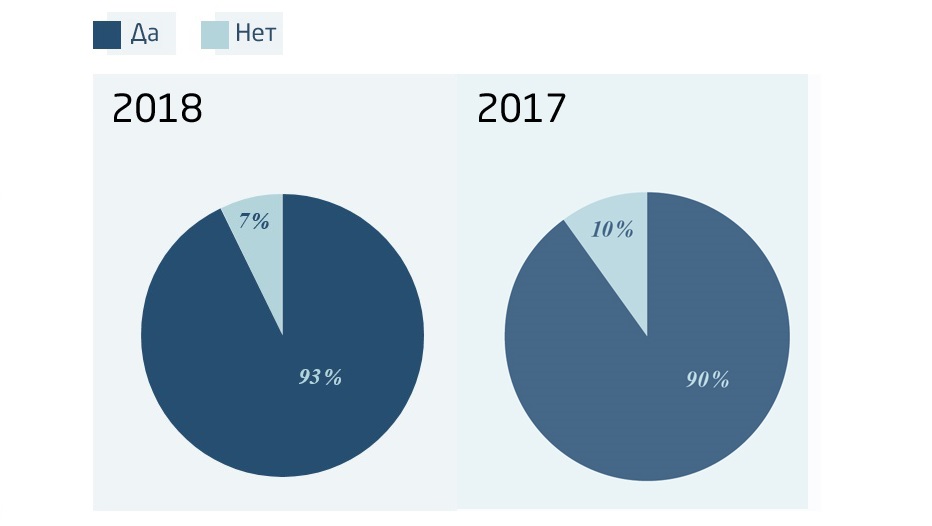
It can also be noted that, since 3D printing is beginning to be applied in various industries today, it is becoming an increasingly important condition for maintaining competitiveness . So, the majority of respondents noted that their competitors also use 3D printing - in 2018 the number of such answers was 74% compared to 59% in 2017.
This once again confirms that more and more companies include additive manufacturing in their strategy; in many fields of activity, it is already a reliable and widespread process of production or prototyping.
Do your competitors use 3D printing?
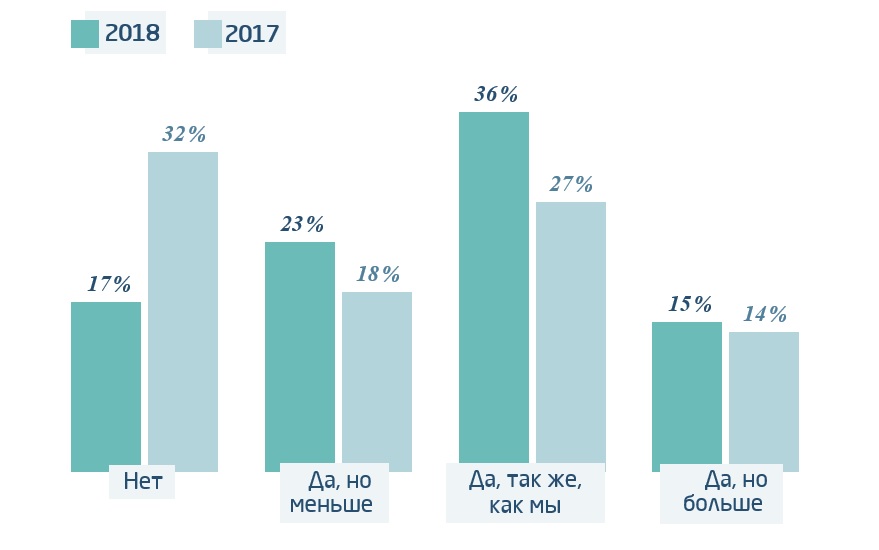
Regarding the return on investment of companies in 3D printing, 46% of respondents said that in 2018, the return on investment increased, while 49% of respondents remained almost the same as in the previous year. This is a stable result, professional consumers of additive manufacturing are satisfied with their investment in 3D printing.
What is the return on investment in 3D printing in your company?

Using the full potential of 3D printing for various purposes
In 2018, companies were more likely to invest in 3D printing. Professionals, in fact, are beginning to apply this technology to solve a wider range of tasks, expanding the number of areas in which additive manufacturing is being introduced .
Fields of application of 3D printing
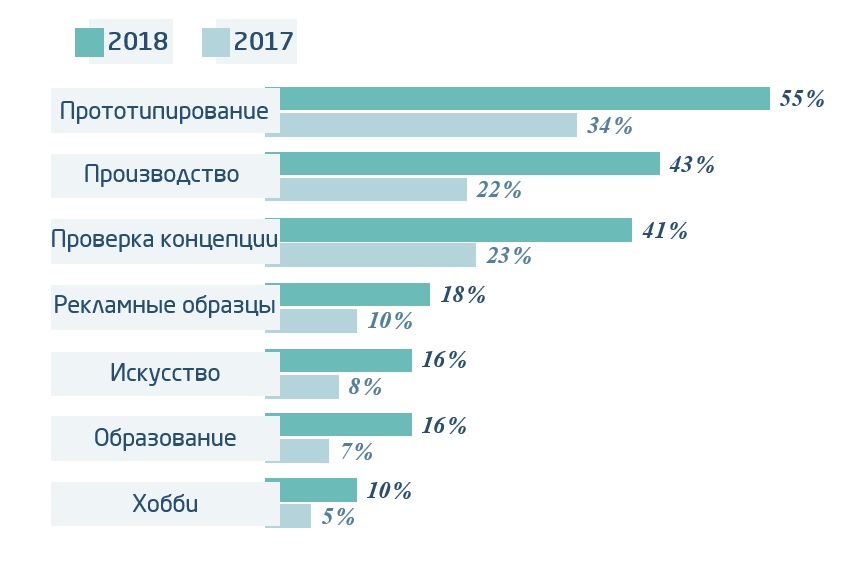
As in 2017, 3D printing is mainly used for prototyping, production and manufacture of prototypes. There are no big changes, but at the same time, companies around the world are more likely to use 3D printing for several purposes at once. One can note a higher degree of integration of 3D printing in various areas of company activity. So, the share of enterprises operating on the principle of “first - 3D printing” has grown from 15% to 22%!
Integration
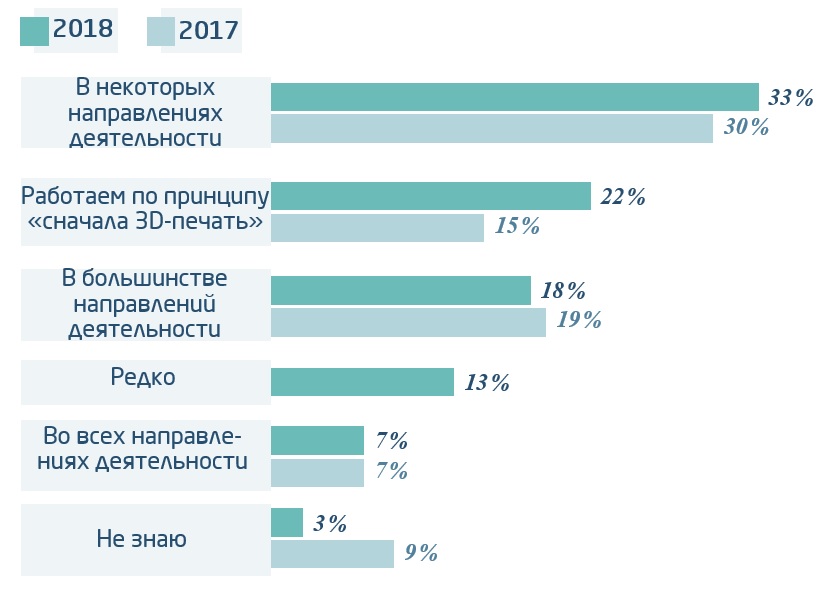
Enterprises adopt everythingThe advantages of this advanced technology and without hesitation use it in various fields.
Which units make the most of additive technology?
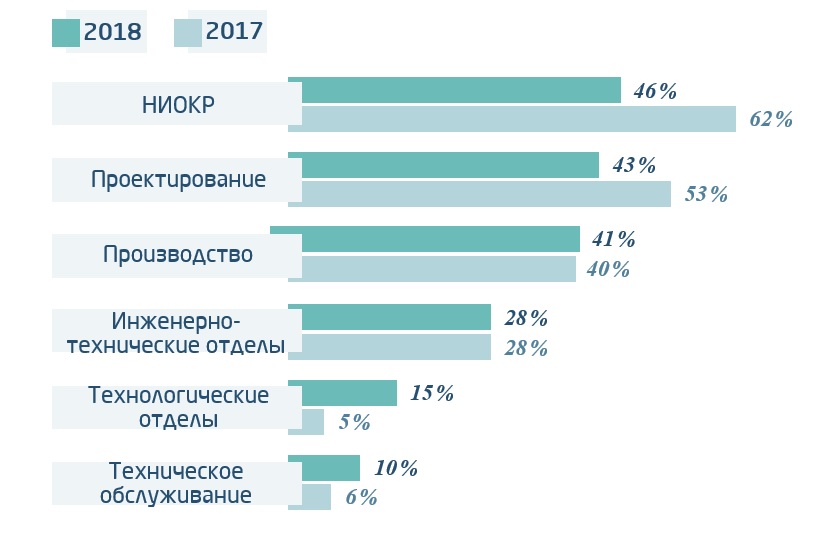
As in 2017, 3D printing is mainly used for R&D, design and production. The share of the use of 3D printing by R&D units is 46%, by the design units - 43%, and the share of using additive technologies directly in production is 41%.
As for the advantages of 3D printing, (although among the main reasons for using additive manufacturing, the respondents cite the reduction in costs and the reduction in production time), the possibility of creating products of complex geometry also plays a significant role for 48% of them .
Benefits of 3D Printing
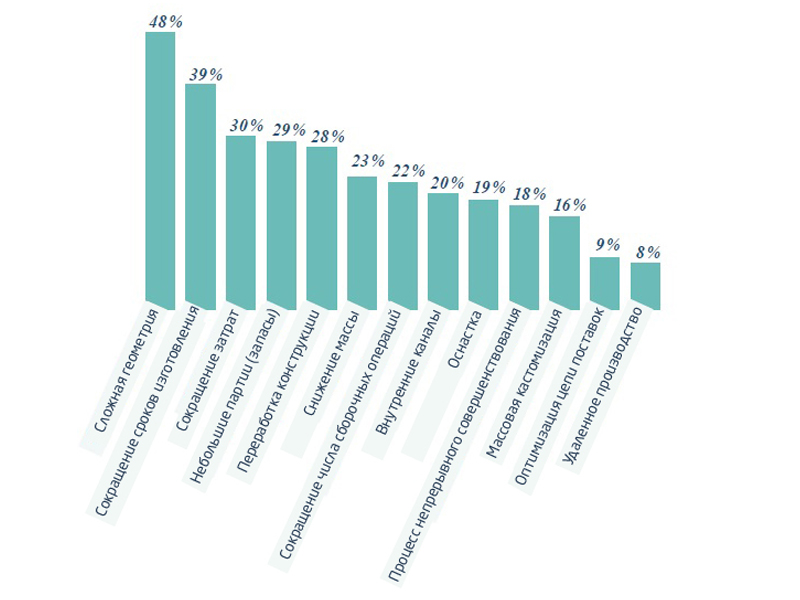
Businesses purchase more 3D printers but still use 3D printing services
We clearly see that more and more companies are deciding to purchase 3D printers . So, the majority of respondents have their own 3D printer (66%), and 44% have more than one. In 2017, 53% did not have a single printer, and only 28% had two or more printers.
Does your company have its own 3D printer?
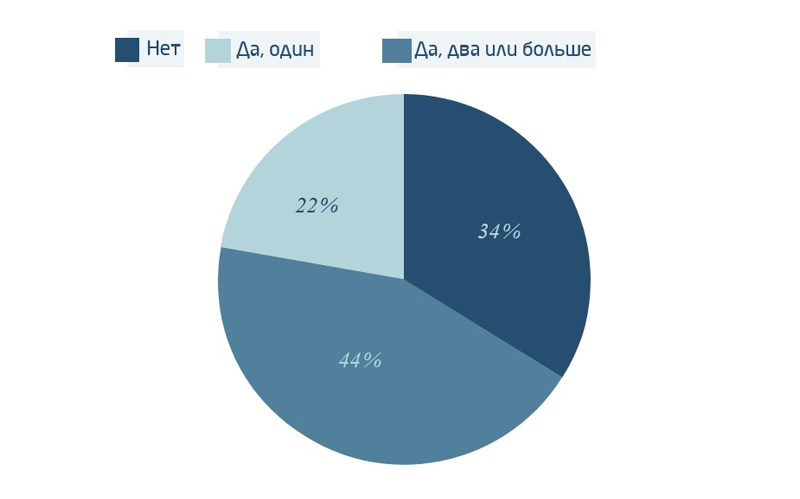
Most respondents have FDM printers (75% of those who own a 3D printer), which is justified, since this is the cheapest type of 3D printer. Additive installations of this type are also easier to use. SLA printers rank second (29%), and only 15% of those polled have printers using SLS technology .
Thus, consumers are obviously less likely to purchaseProfessional 3D printers , such as SLS printers, due to their higher price and complexity. Nevertheless, a much larger number of enterprises has printers of this type than in 2017 (8%), while the share of FDM printers decreased (85% in 2017), which indicates an increase in the professional level of this market, even from the point of view view of acquired technologies.
As for 3D printing with metals , the most common are DMLS printers (16%). Only 4% of respondents have additive installations based on SLM technology. At the same time, the share of enterprises with metal 3D printers has increased significantly (2017 figures: 1% for DMLS printers and 2% for SLM printers).
What type of 3D printer are you using?

Do you use other digital manufacturing technologies?
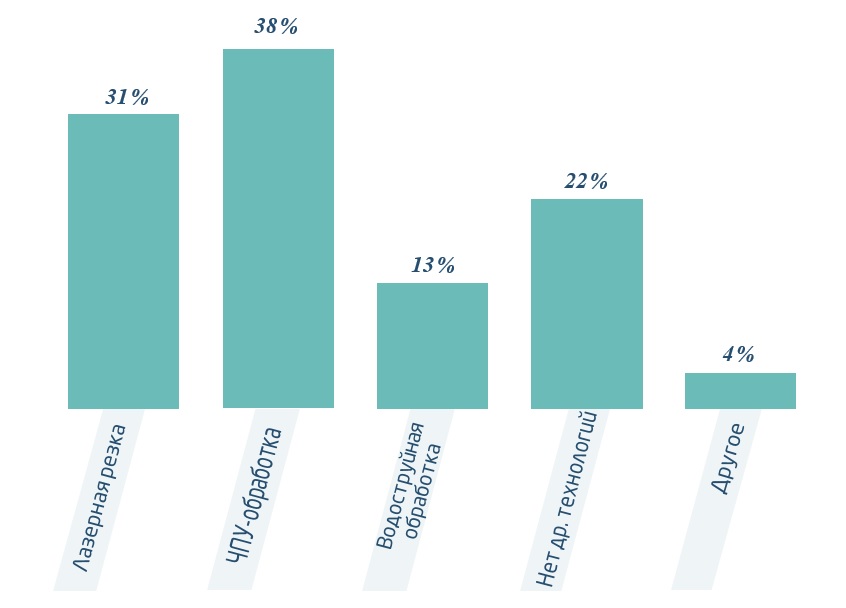
What about 3D printing services?
For example, 38% of respondents use SLS technology, but only 15% of them have their own SLS printer. This suggests that companies widely use professional 3D printing services , providing themselves access to those additive manufacturing technologies that they do not have.
8 key changes companies consider necessary to make the most out of 3D printing
- Improving the qualifications and training of employees.
- Marketing and communications.
- Investment in 3D printers.
- Reduce 3D printing costs.
- Increase in sales.
- Improving the integration of 3D printing in the areas of the company.
- Attraction of financing.
- Improving corporate culture and organization.
According to the survey participants, in order to maximize the benefits of 3D printing, they, first of all, need to improve the qualifications and training of their employees. Indeed, often it is precisely the insufficient level of training in the field of additive manufacturing technologies that is the factor that prevents enterprises from fully using 3D printing. Many point to the need to change corporate culture and organization.
It is also necessary to make many changes in marketing, sales and profits. According to respondents, in order to maximize the benefits of using additive technologies, it is important to invest more in marketing activities in areas related to 3D printing, as well as to look for new ways to profit, either by increasing sales or by attracting financing.
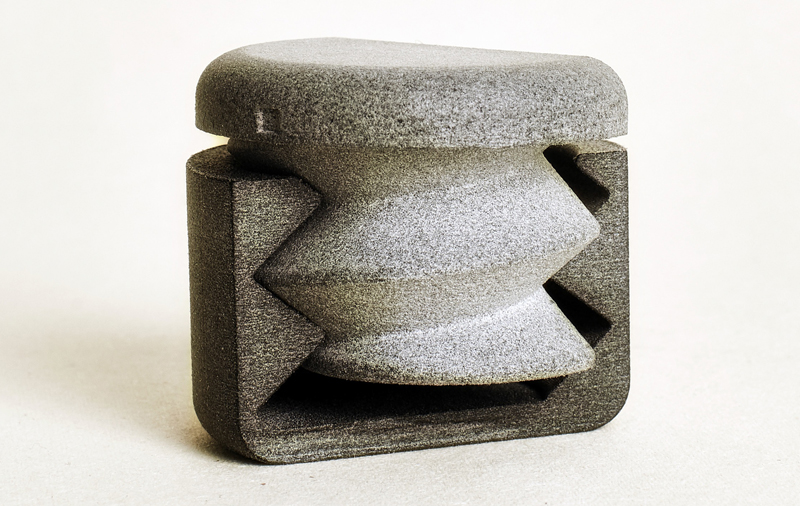
7 major trends that will have a significant impact on 3D printing
- Cost reduction.
- Innovation in the field of materials .
- 3D printing with metals.
- Speed.
- 3D printing in medicine and bioprinting.
- Quality and precision.
- 3D printing for mass production.
The trend, which is called much more often than others, is the reduction in costs from year to year. This is understandable, since reducing the cost of 3D printing means simplifying the use of this technology. Also among the most influential trends are 3D printing with metals.
Compared to 2017, respondents were much more likely to emphasize the need for innovation in the field of materials, due to the growing importance of the supply of materials and their cost.
Also more commonly mentioned was the trend of using 3D printing for mass production., since it is increasingly becoming a full-fledged manufacturing process used for the manufacture of final products. This also leads to the fact that speed and workmanship begin to play an increasingly important role.
The significant decrease in the role of personal 3D printing is quite understandable, as this confirms the upward trend in the professional level of this market.
Industry Statistics: Aviation Industry
Among the enterprises of the aviation industry , there are practically no beginners in the field of 3D printing (unlike other industries). So, 59% of respondents working in the aviation industry have specialist qualifications and 38% have an average level of knowledge in 3D printing. Obviously, these companies have mastered additive technologies quite well and are more able to implement technical projects in their industry.
How do you rate your level of expertise in 3D printing?

While in other industries additive manufacturing is more often used to create prototypes and prototypes, in the aviation industry 3D printing is mainly used for production: 64% of respondents use 3D printing for this purpose, which is much more than in other industries.
For what purpose do you use 3D printing?
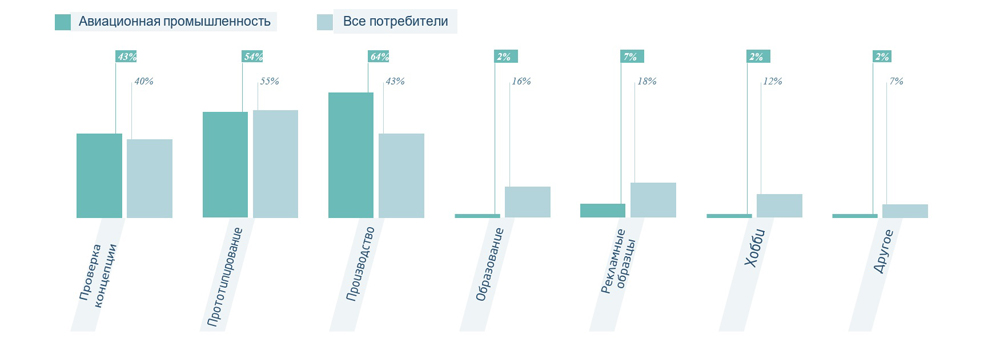
This shows that the technology is developing and already allows you to create technical details for such industries.
54% of respondents working in the aviation industry increased their income by 1-50%, while the total share of companies that increased their income was 71%. This looks quite promising and suggests that 3D printing provides real financial benefits to such companies using additive manufacturing technologies.
In 2018, 37% of representatives of aviation enterprises spent more than $ 100 thousand on 3D printing.
How much do you spend on 3D printing?
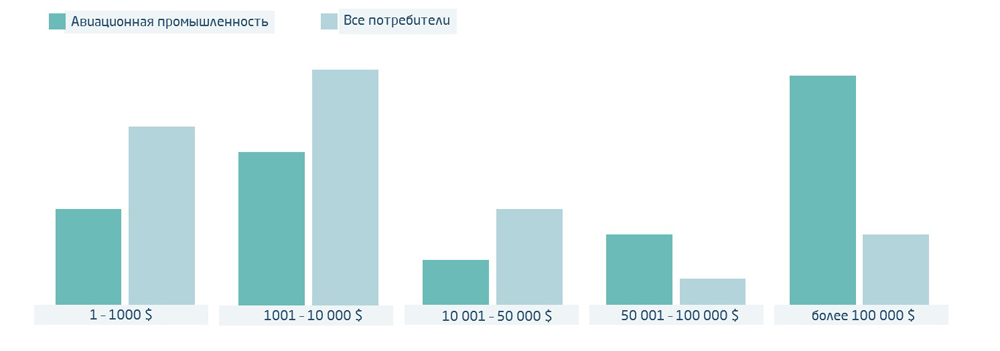
Since these companies use additive manufacturing for production, it can be assumed that such a high level of costs is explained by the fact that they have to use expensive materials and technologies . This assumption is confirmed by the fact that 61% of respondents use 3D printing with metals versus 30% of the total sample. This level of costs also shows that companies are confident in this production technology and are not afraid to invest a lot of money in it. And since, as we see, the respondents talk about increasing their incomes, we can conclude that they are satisfied with their investments.
What materials do you use for 3D printing?
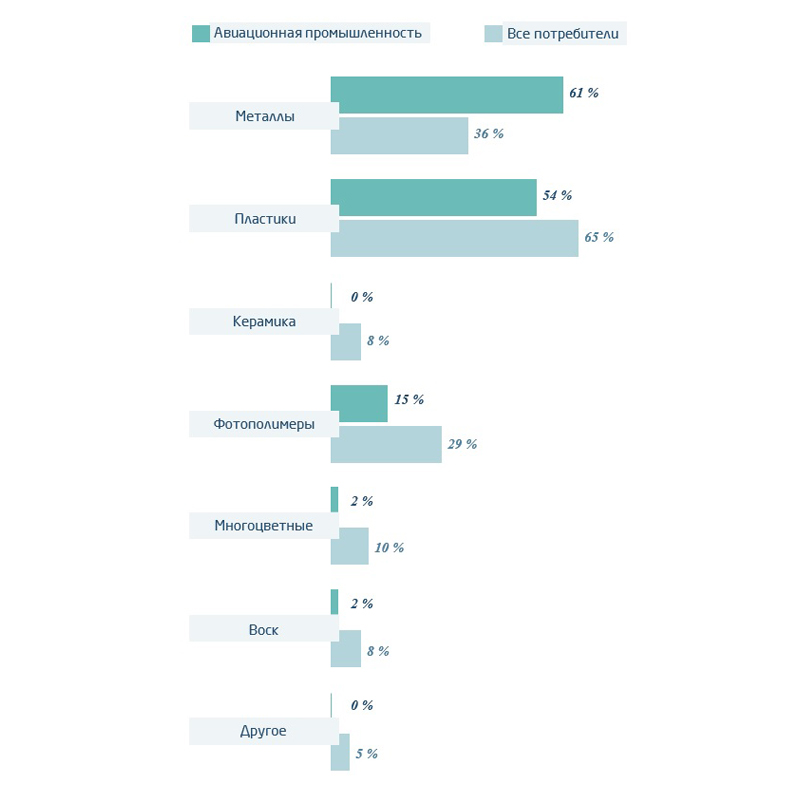
To what extent is 3D printing integrated into your business?

Translation from English. Sculpteo State of 3D Printing 2018 is abridged.
